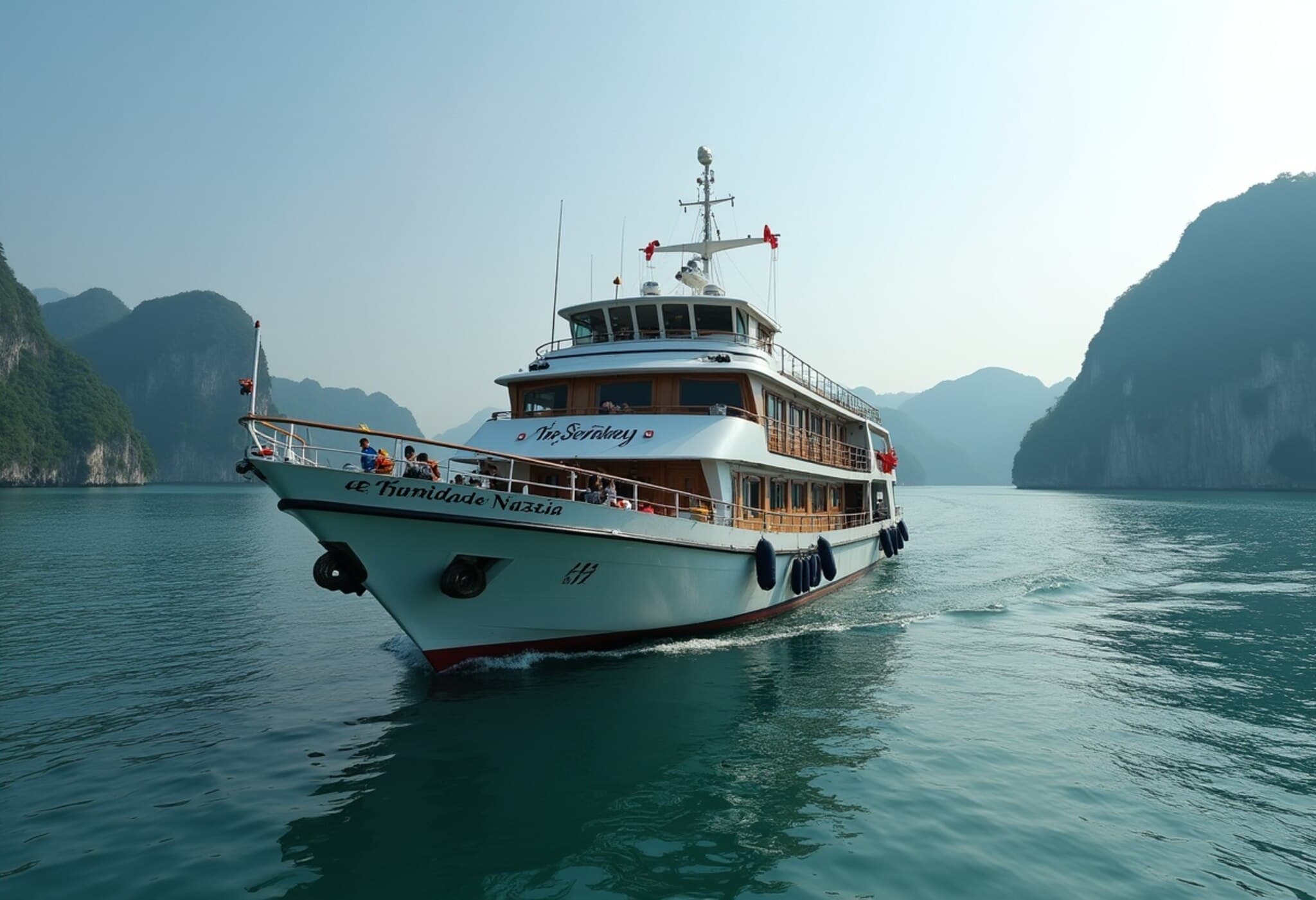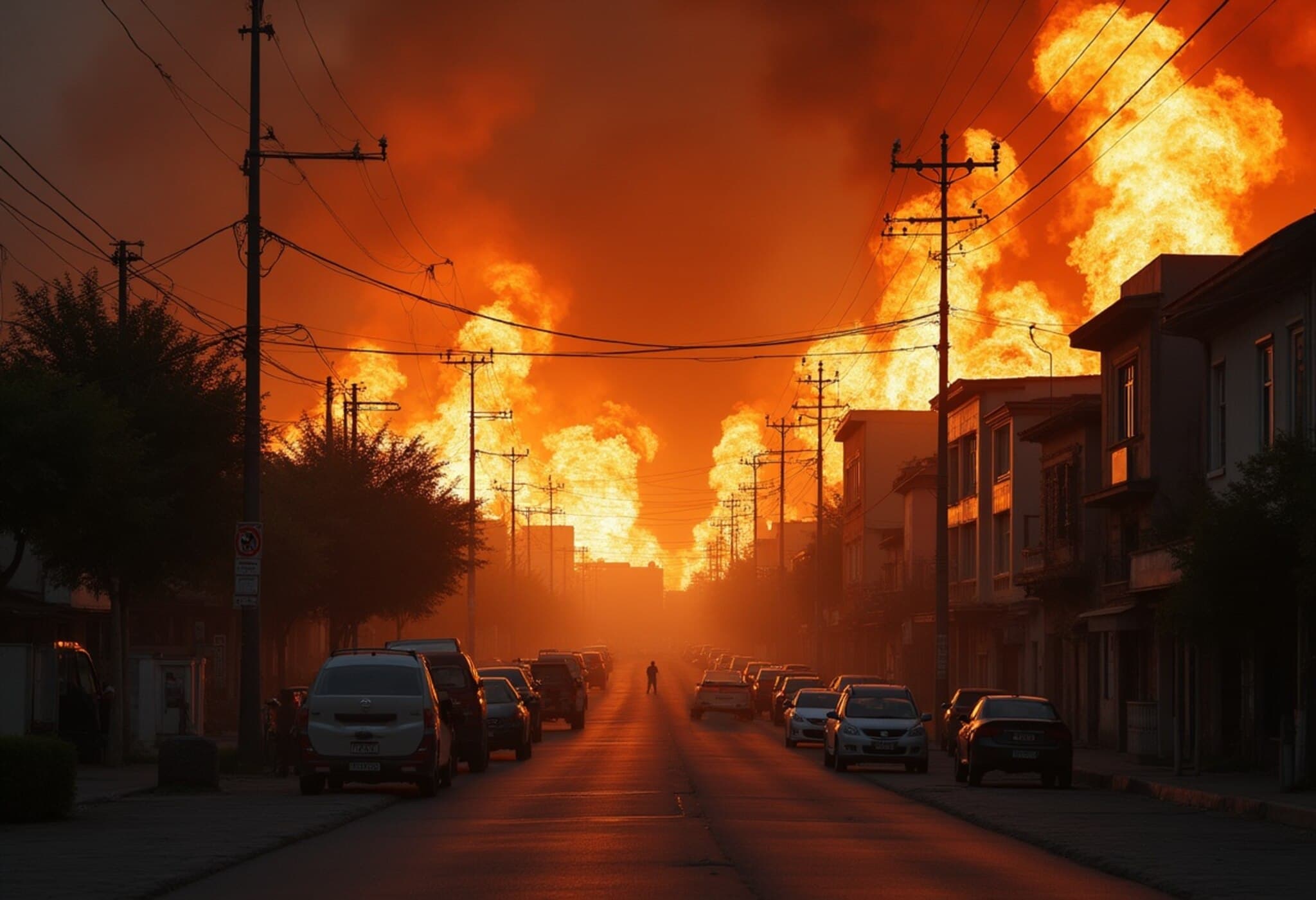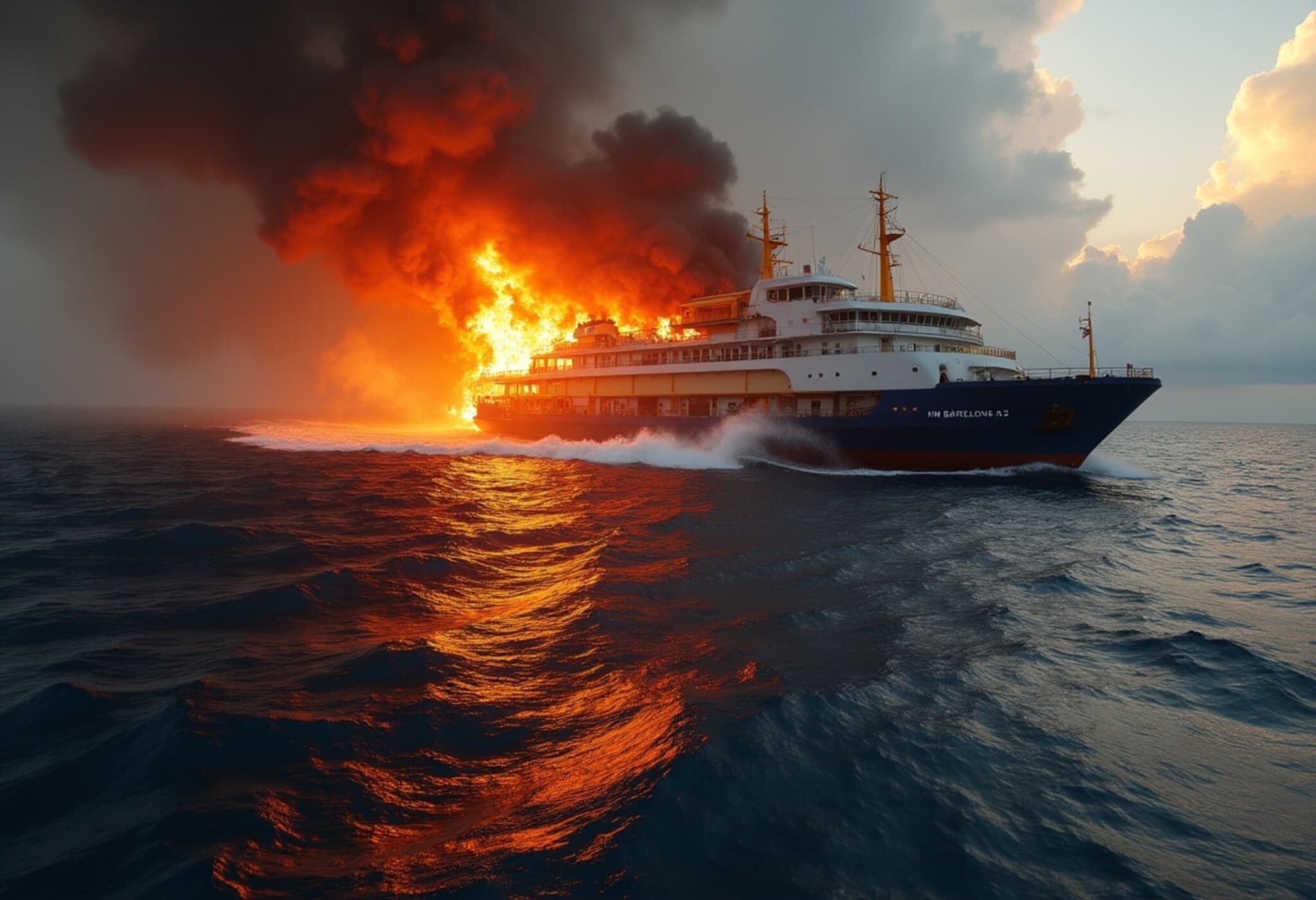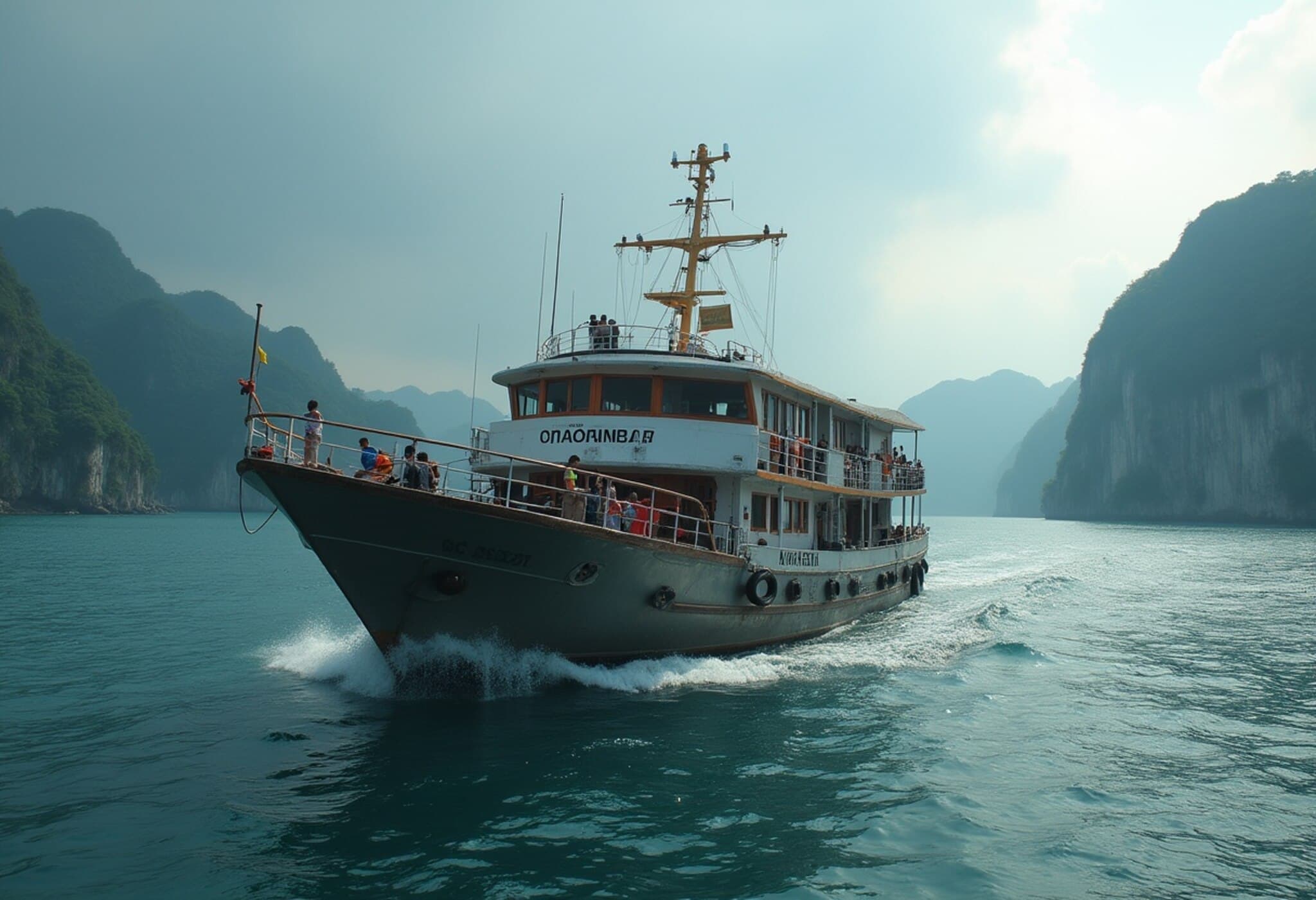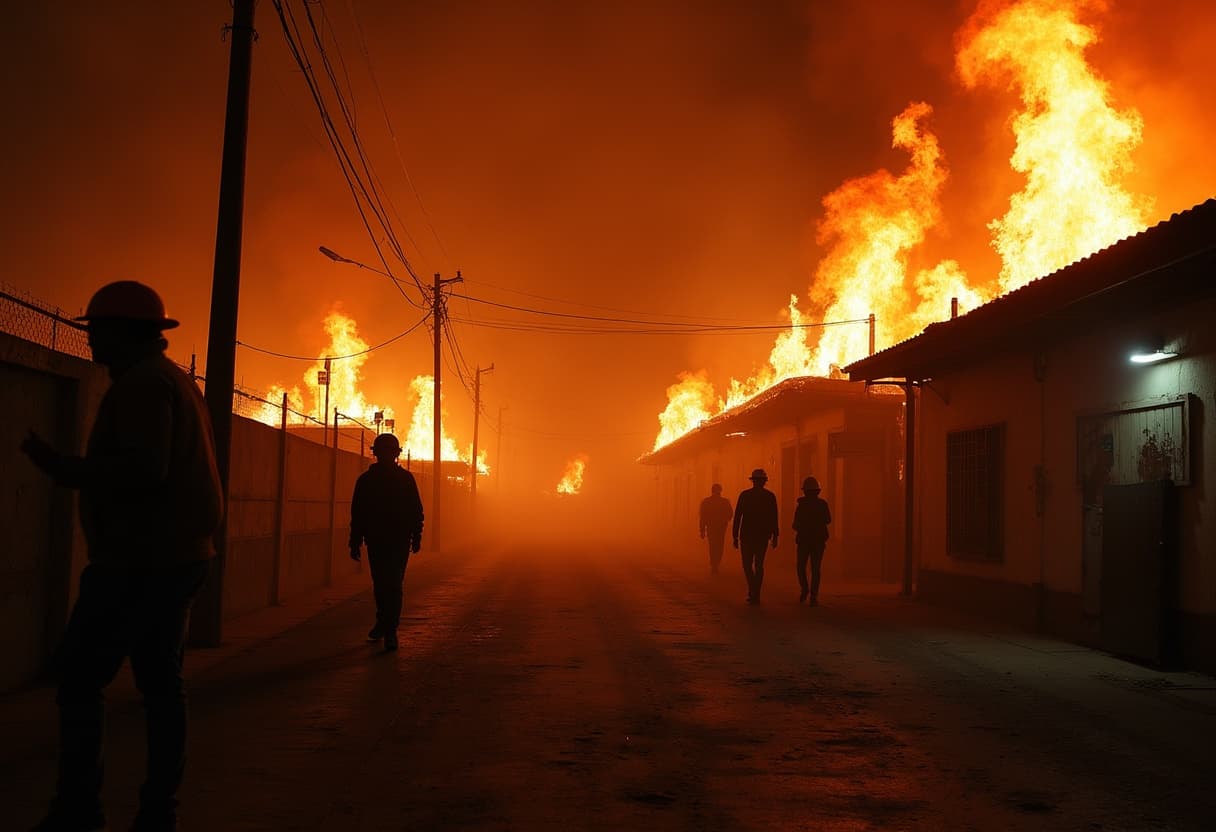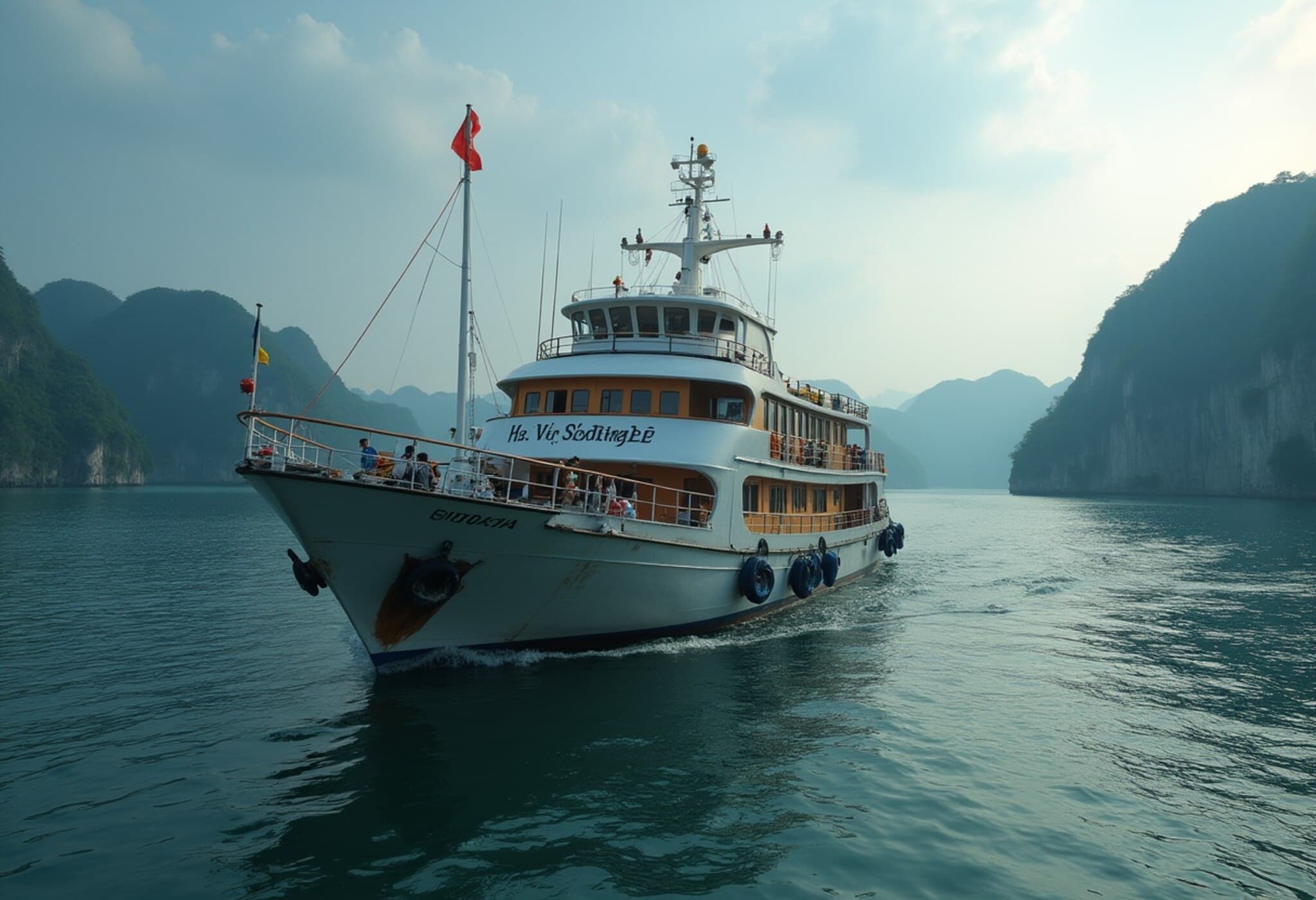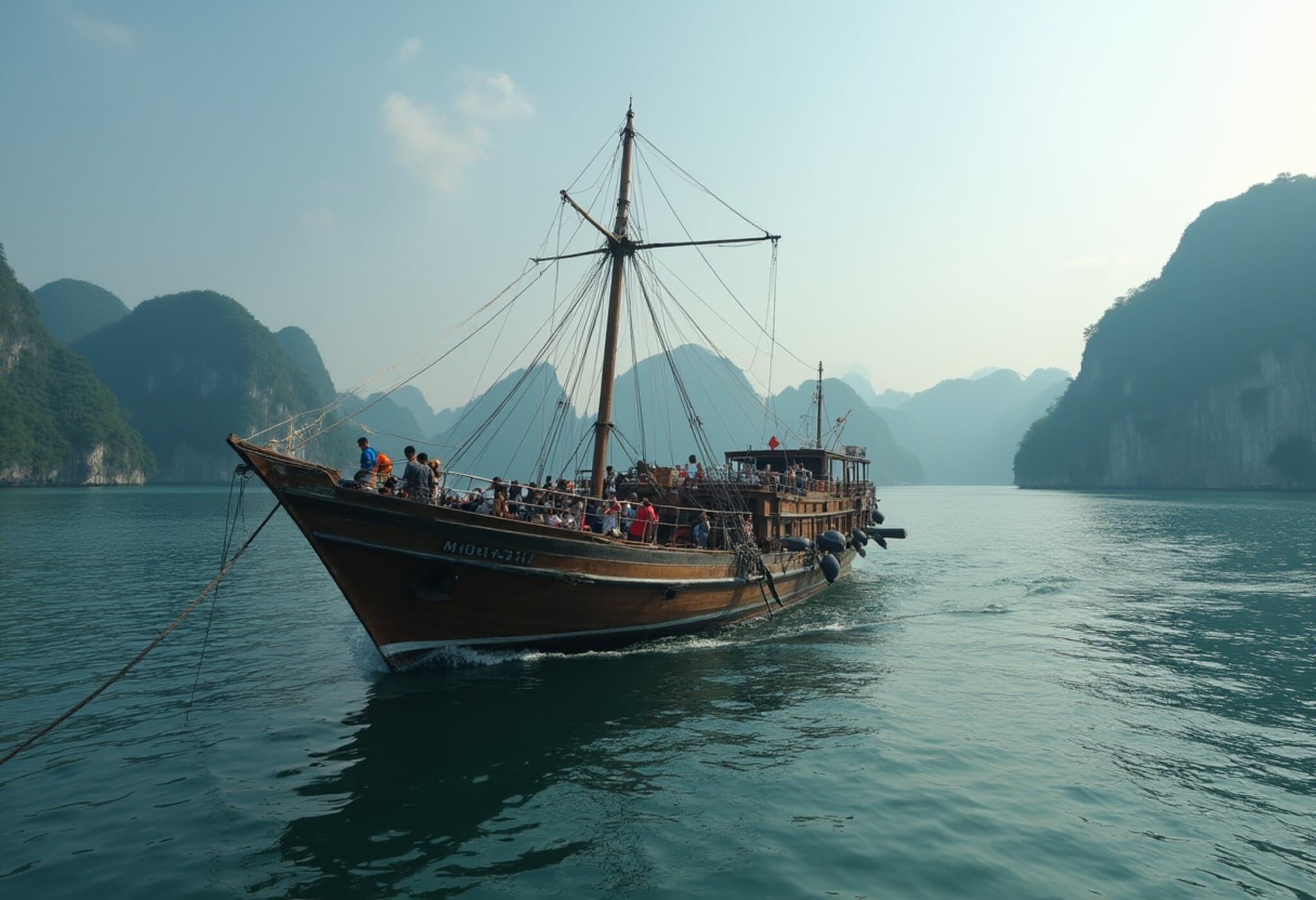Deadly Capsize in Ha Long Bay Amid Sudden Thunderstorm
A sightseeing tour turned into a nightmare on the emerald waters of Vietnam's iconic Ha Long Bay on Saturday afternoon when the tourist boat Wonder Sea abruptly capsized in the midst of a fierce thunderstorm. The tragic incident claimed the lives of 18 people, with another 23 passengers still unaccounted for, underscoring the perils of sudden weather changes in this renowned UNESCO World Heritage destination.
The Incident: What We Know So Far
The vessel was carrying 48 passengers, including around 20 children, alongside 5 crew members during a sightseeing excursion. According to Vietnamese state media and reports from VNExpress, strong winds caused by the sudden storm overturned the boat, trapping many inside the hull. Rescue teams managed to save 12 survivors, notably a 14-year-old boy who was found after being trapped for nearly four hours under the capsized vessel.
The victims were predominantly tourists from Hanoi and other parts of Vietnam, making this tragedy hit close to home for many Vietnamese families. Recovery operations continue amidst concerns over the looming tropical storm moving towards the northern coast.
Rescue Efforts and Ongoing Search
- Rescue workers swiftly arrived on the scene, salvaging 12 survivors from perilous conditions.
- Emergency teams recovered 18 bodies near the accident site as search efforts for the 23 missing intensify.
- Authorities have mobilized additional resources, including boats and divers, in hopes of locating the missing passengers.
Ha Long Bay: A Beautiful but Sometimes Treacherous Destination
Ha Long Bay, famous for its breathtaking limestone karsts rising from jade waters, draws millions of visitors annually. However, this tragedy sheds light on the inherent risks posed by unpredictable weather patterns, especially during the monsoon season when sudden storms can descend with little warning.
Vietnam’s national weather service has issued warnings as Tropical Storm Wipha approaches the northern coastline, including Ha Long Bay. Experts stress the need for enhanced weather monitoring and emergency preparedness for tour operators, to prevent similar tragedies in the future.
Expert Commentary: Safety Protocols and Regulatory Oversight
Maritime safety analyst Dr. Liem Tran highlights: "Tourist operators in Vietnam must adhere to stricter safety measures, particularly related to weather monitoring and vessel capacity limits. The frequency of sudden storms in this region calls for an institutionalized protocol, ensuring passengers can be promptly evacuated or protected in emergencies. This incident acts as a wake-up call to better align tourism activities with climate realities."
Questions Raised: Preventing Future Maritime Disasters
- Were weather alerts adequately communicated to the boat’s crew before departure?
- Is the current regulatory framework ensuring the seaworthiness of tourist vessels in Ha Long Bay robust enough?
- How prepared are local rescue teams to handle such large-scale emergencies during peak tourist seasons?
These critical questions press for immediate policy reviews and improvements in both safety protocols and real-time weather communication systems.
Looking Ahead
As Vietnam braces for the impact of Tropical Storm Wipha, this heartbreaking tragedy reminds us of the delicate balance between tourism and safety. Preservation of Ha Long Bay’s natural beauty must go hand-in-hand with safeguarding the lives of those drawn to explore it. Authorities and stakeholders face the urgent task of enhancing maritime safety standards to protect travelers amid evolving climate challenges.
Editor’s Note:
The capsizing of the Wonder Sea not only highlights the unpredictable dangers inherent in maritime tourism but also underscores the pressing need for systemic reforms in safety oversight and disaster preparedness in Vietnam’s burgeoning tourism sector. As climate change influences weather volatility, integrating advanced forecasting technologies and stricter vessel regulations nationally could save lives. Readers are encouraged to consider how sustainable tourism and resilient safety practices can coexist in vulnerable regions worldwide.

